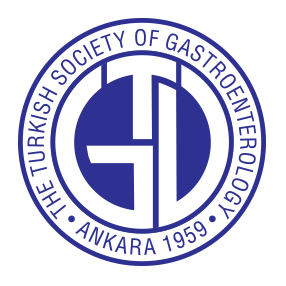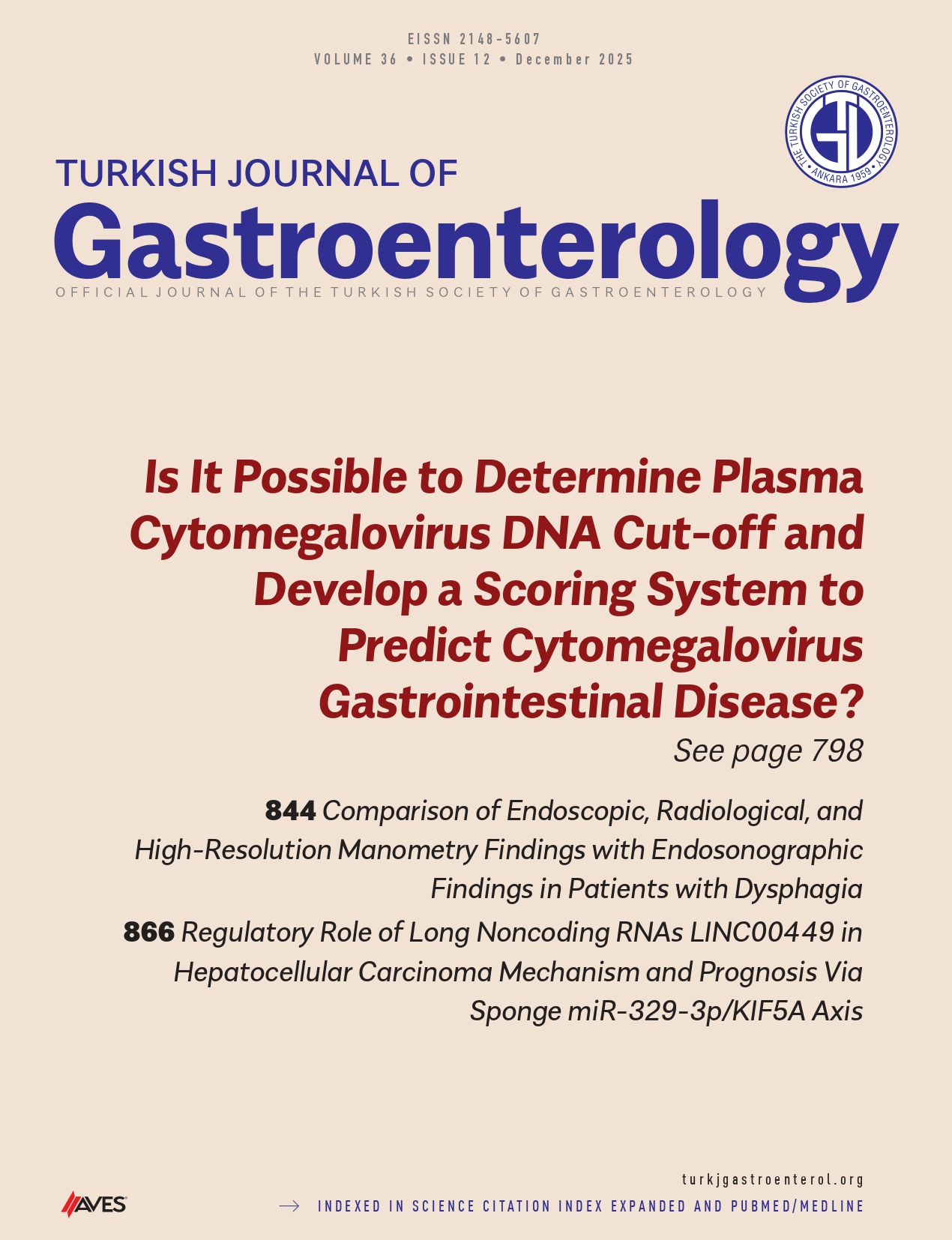Background/Aims: The study focuses on examining the impact of Helicobacter pylori (H. pylori) on the modulation of the miRNA expression profiles while also unraveling the associated pathways that play a significant role in initiating and driving the development of gastric cancer (GC).
Materials and Methods: An in-depth analysis of miRNA expression profiles in gastric tissue samples from patients with chronic superficial gastritis (CSG), chronic atrophic gastritis (CAG), dysplasia (Dys), or GC was conducted. The carbon-13 urea breath test was used to identify H. pylori infection, and the participant cohort was characterized by the presence of H. pylori infection. Additionally, the role of miR-196a/b-5p in GC carcinogenesis was investigated.
Results: A total of five miRNAs—miR-196a-5p, 196b-5p, 224-5p, 424-3p, and 941—demonstrated marked elevation in CSG, CAG, Dys, and GC. miR-196a/b-5p was observed to be upregulated in GC cells following H. pylori infection, as well as in Dys and GC tissue samples from patients harboring H. pylori. miR-196a/b-5p can expedite GC progression. Insulin-like growth factor 2 mRNA-binding protein 1 (IGF2BP1), the target gene of miR-196a/b-5p, diminishes the proliferation capability of GC cells; however, miR-196a/b-5p can partially counteract this effect. miR-196a/b-5p activates the PI3K-Akt pathway, while IGF2BP1 inhibits the expression of these proteins.
Conclusion: The levels of miR-196a/b-5p were observed to escalate following H. pylori infection, subsequently fostering the progression of GC by specifically targeting IGF2BP1 and triggering the PI3K-Akt signaling cascade.
Cite this article as: Chen K, Chen JW, Shen Y, et al. Helicobacter pylori promoted miR-196a/b-5p expression and accelerated tumorigenesis of the gastric mucosa by targeting IGF2BP1 and activating PI3K-Akt signaling pathway. Turk J Gastroenterol. 2025;36(10):658-668.




.png)
.png)